43 labels and selectors in kubernetes
kubernetes.io › docs › referenceWell-Known Labels, Annotations and Taints | Kubernetes Aug 25, 2022 · Well-Known Labels, Annotations and Taints. Kubernetes reserves all labels and annotations in the kubernetes.io and k8s.io namespaces. This document serves both as a reference to the values and as a coordination point for assigning values. Labels, annotations and taints used on API objects app.kubernetes.io/component kubernetes.io › working-with-objects › labelsLabels and Selectors | Kubernetes Aug 09, 2022 · Labels are key/value pairs that are attached to objects, such as pods. Labels are intended to be used to specify identifying attributes of objects that are meaningful and relevant to users, but do not directly imply semantics to the core system. Labels can be used to organize and to select subsets of objects. Labels can be attached to objects at creation time and subsequently added and ...
kubernetes.io › docs › conceptsManaging Resources | Kubernetes Apr 27, 2022 · You've deployed your application and exposed it via a service. Now what? Kubernetes provides a number of tools to help you manage your application deployment, including scaling and updating. Among the features that we will discuss in more depth are configuration files and labels. Organizing resource configurations Many applications require multiple resources to be created, such as a Deployment ...

Labels and selectors in kubernetes
kubernetes.io › docs › conceptsPod Lifecycle | Kubernetes Aug 25, 2022 · This page describes the lifecycle of a Pod. Pods follow a defined lifecycle, starting in the Pending phase, moving through Running if at least one of its primary containers starts OK, and then through either the Succeeded or Failed phases depending on whether any container in the Pod terminated in failure. Whilst a Pod is running, the kubelet is able to restart containers to handle some kind ... en.wikipedia.org › wiki › KubernetesKubernetes - Wikipedia Just like labels, field selectors also let one select Kubernetes resources. Unlike labels, the selection is based on the attribute values inherent to the resource being selected, rather than user-defined categorization. metadata.name and metadata.namespace are field selectors that will be present on all Kubernetes objects. Other selectors that ... kubernetes.io › docs › referenceKubernetes API Reference Docs Welcome to the Kubernetes API. You can use the Kubernetes API to read and write Kubernetes resource objects via a Kubernetes API endpoint. Resource Categories. This is a high-level overview of the basic types of resources provide by the Kubernetes API and their primary functions.
Labels and selectors in kubernetes. prometheus.io › docs › prometheusConfiguration | Prometheus Prometheus is configured via command-line flags and a configuration file. While the command-line flags configure immutable system parameters (such as storage locations, amount of data to keep on disk and in memory, etc.), the configuration file defines everything related to scraping jobs and their instances, as well as which rule files to load. kubernetes.io › docs › referenceKubernetes API Reference Docs Welcome to the Kubernetes API. You can use the Kubernetes API to read and write Kubernetes resource objects via a Kubernetes API endpoint. Resource Categories. This is a high-level overview of the basic types of resources provide by the Kubernetes API and their primary functions. en.wikipedia.org › wiki › KubernetesKubernetes - Wikipedia Just like labels, field selectors also let one select Kubernetes resources. Unlike labels, the selection is based on the attribute values inherent to the resource being selected, rather than user-defined categorization. metadata.name and metadata.namespace are field selectors that will be present on all Kubernetes objects. Other selectors that ... kubernetes.io › docs › conceptsPod Lifecycle | Kubernetes Aug 25, 2022 · This page describes the lifecycle of a Pod. Pods follow a defined lifecycle, starting in the Pending phase, moving through Running if at least one of its primary containers starts OK, and then through either the Succeeded or Failed phases depending on whether any container in the Pod terminated in failure. Whilst a Pod is running, the kubelet is able to restart containers to handle some kind ...


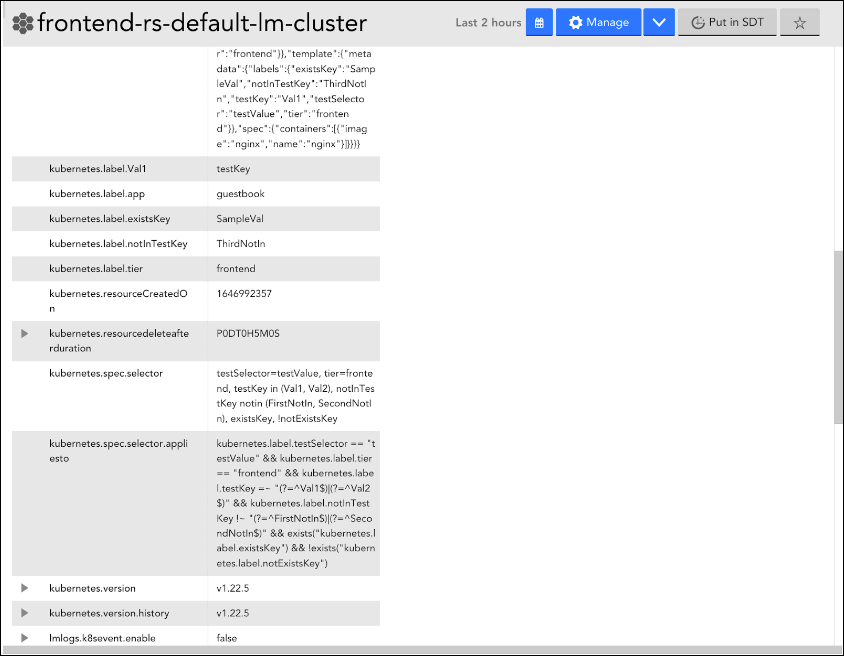
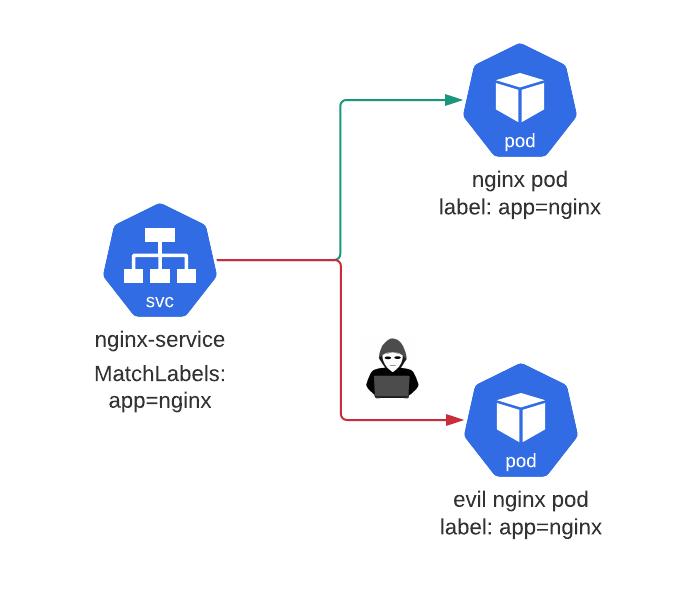


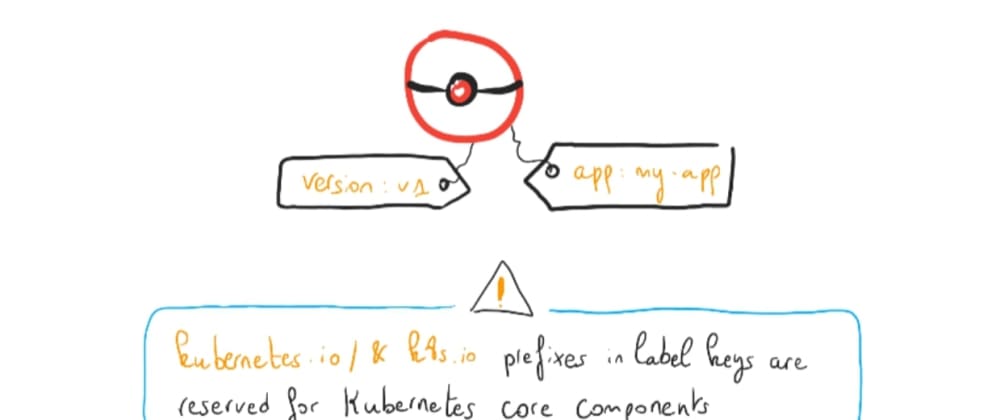
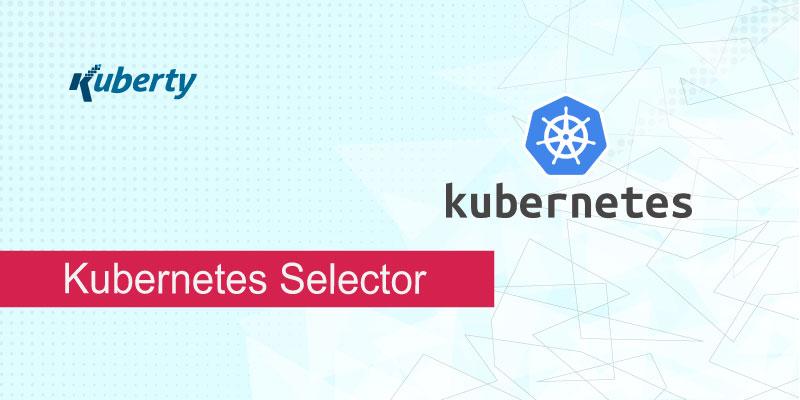
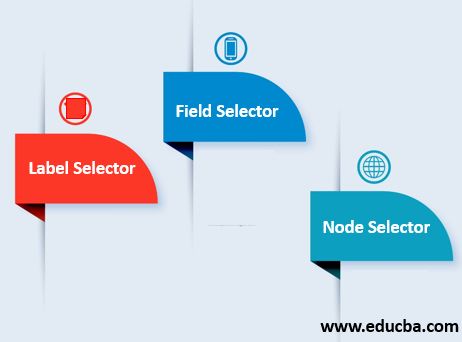
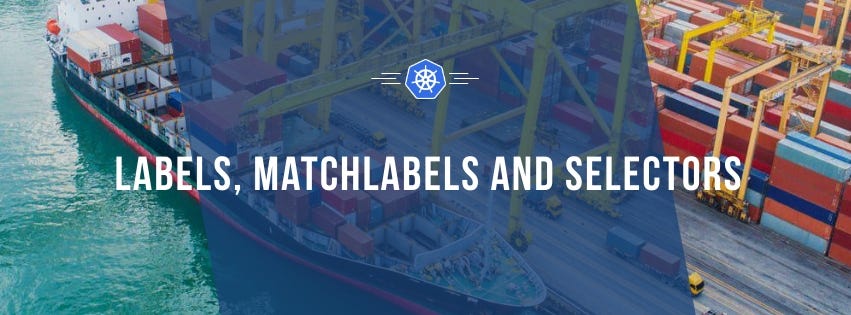

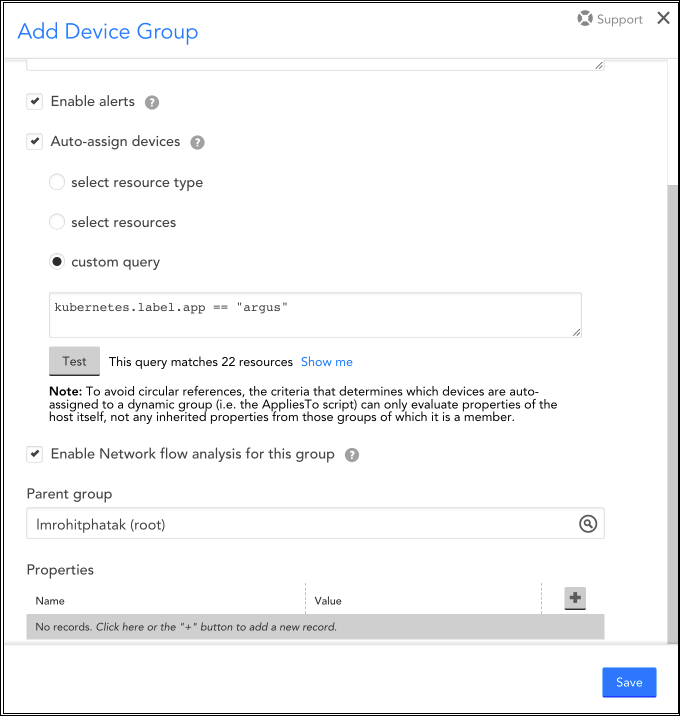

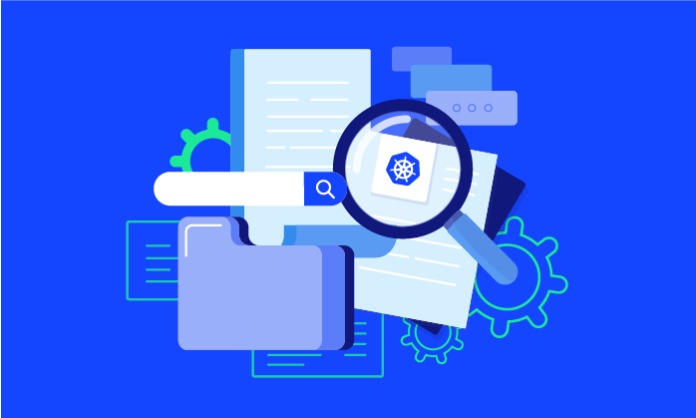



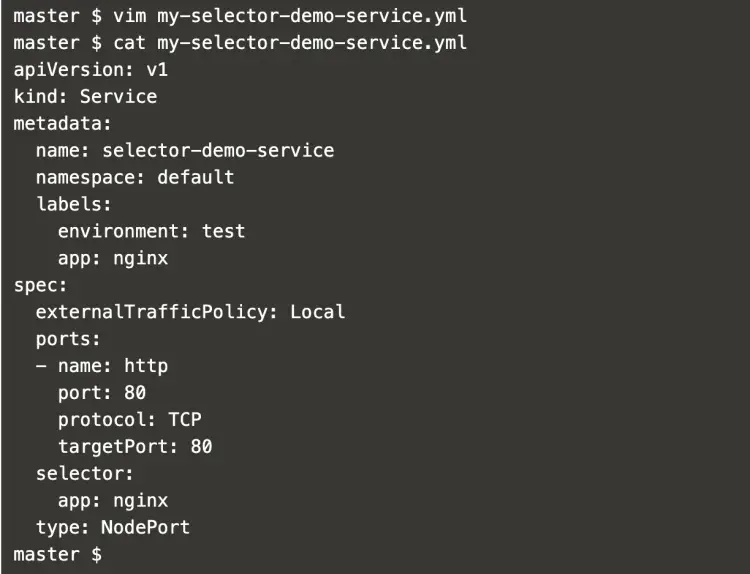
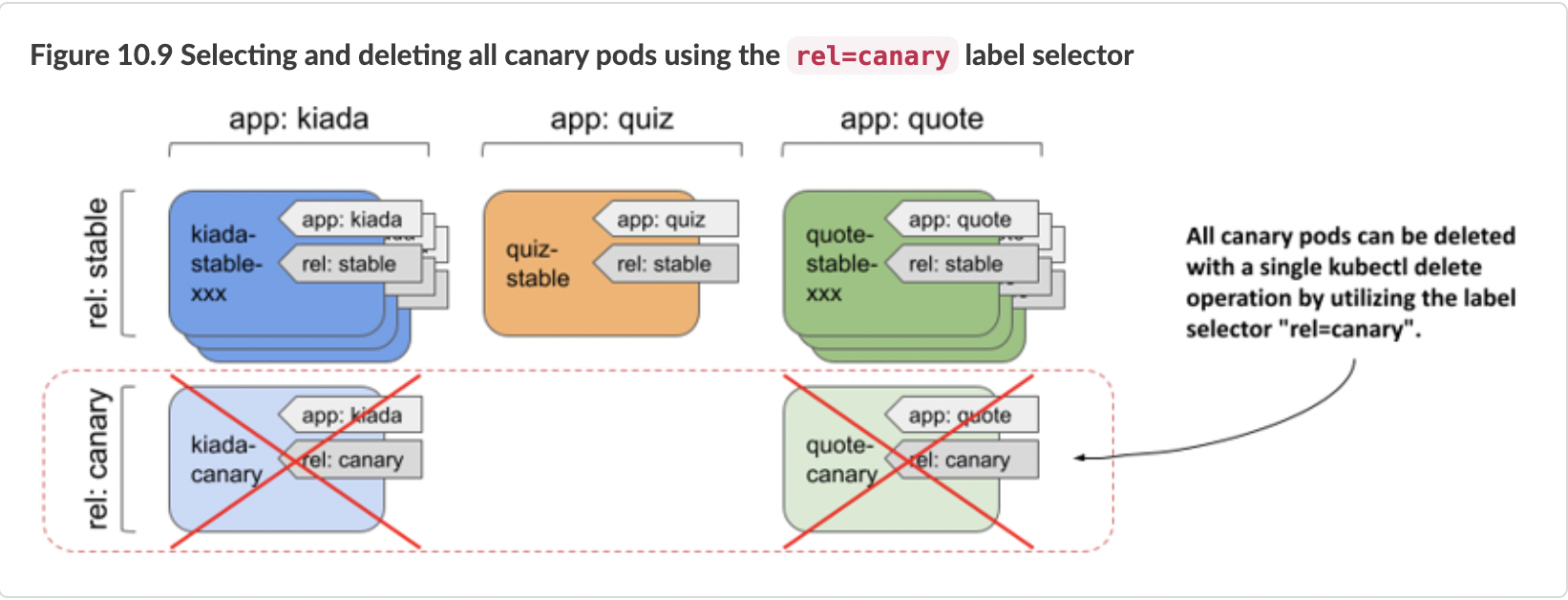

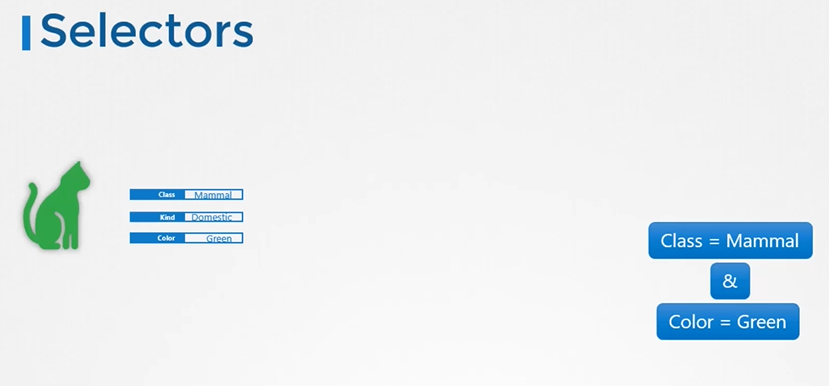




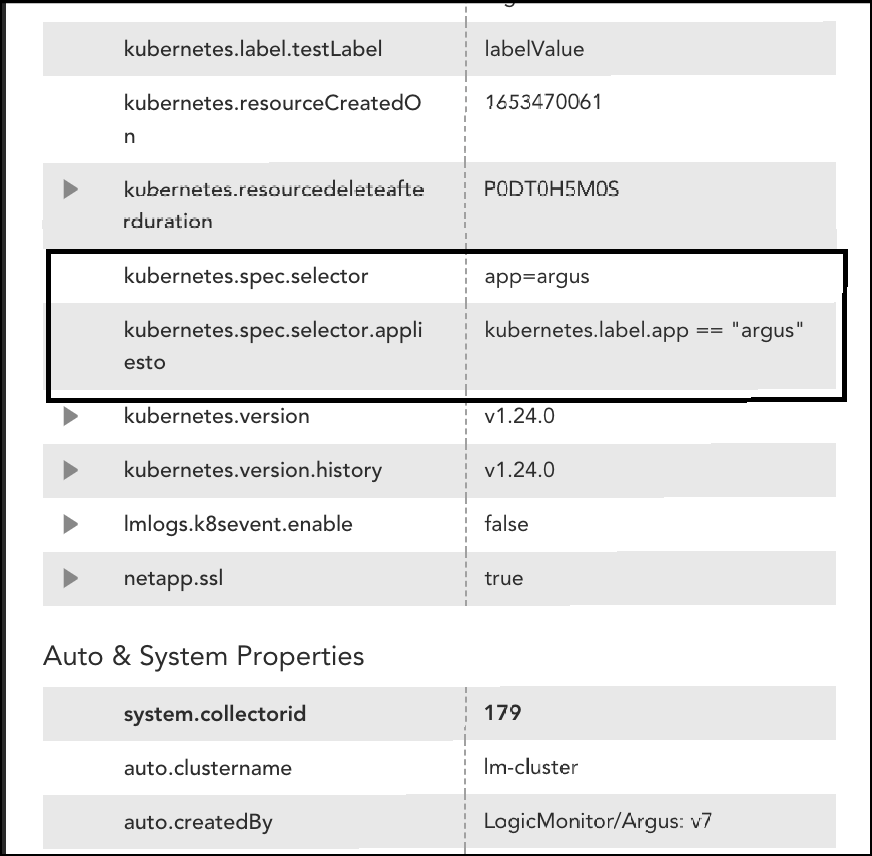



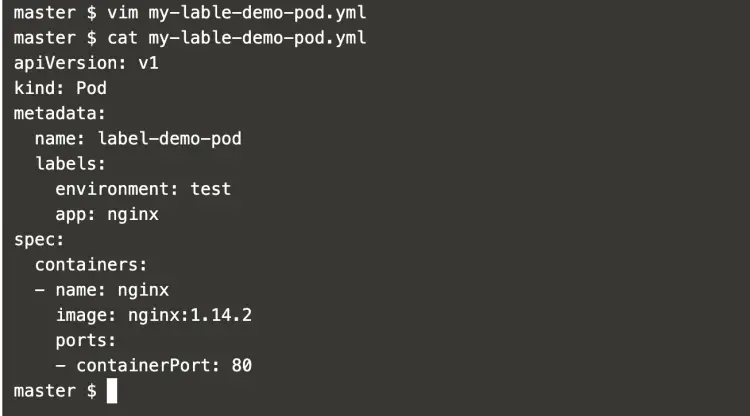

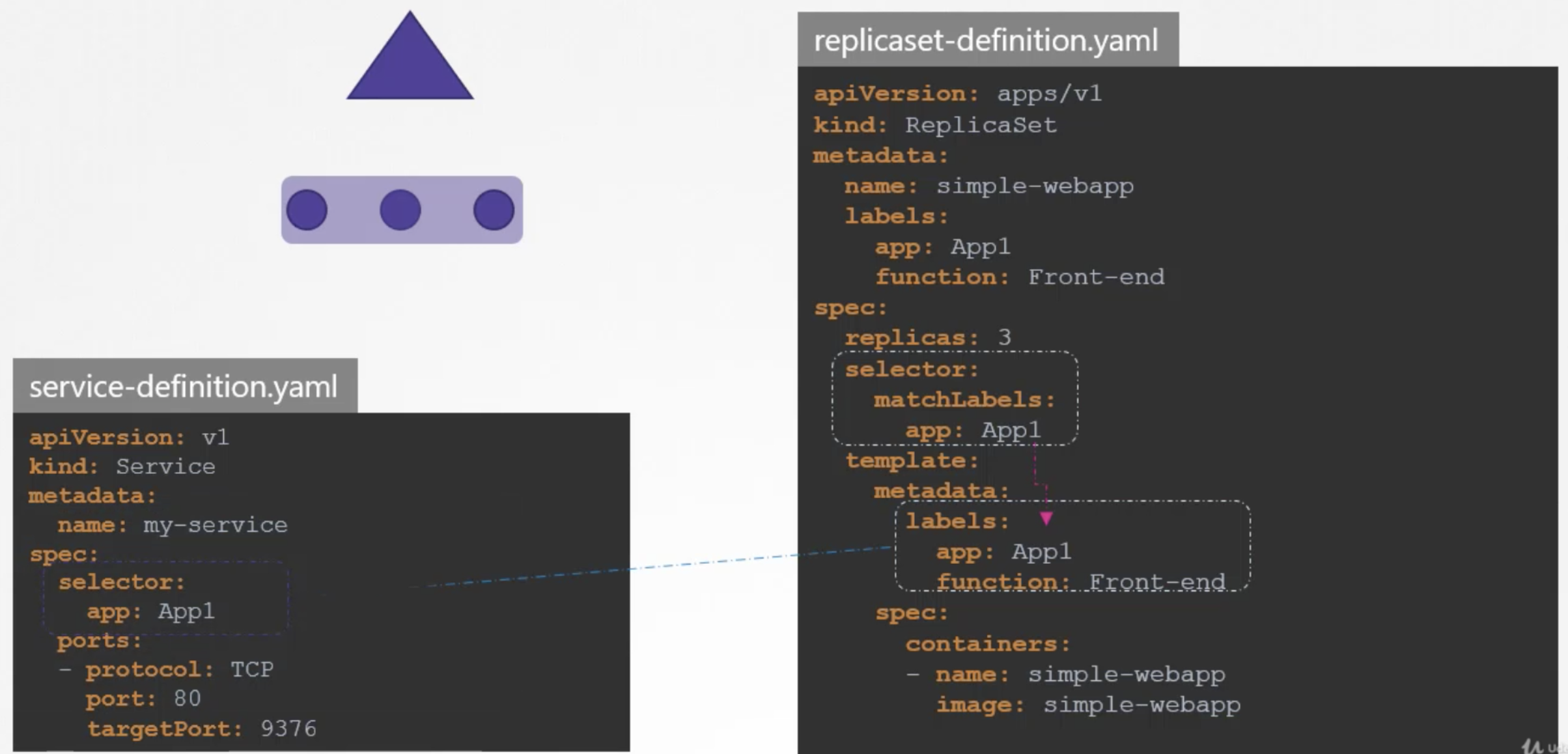


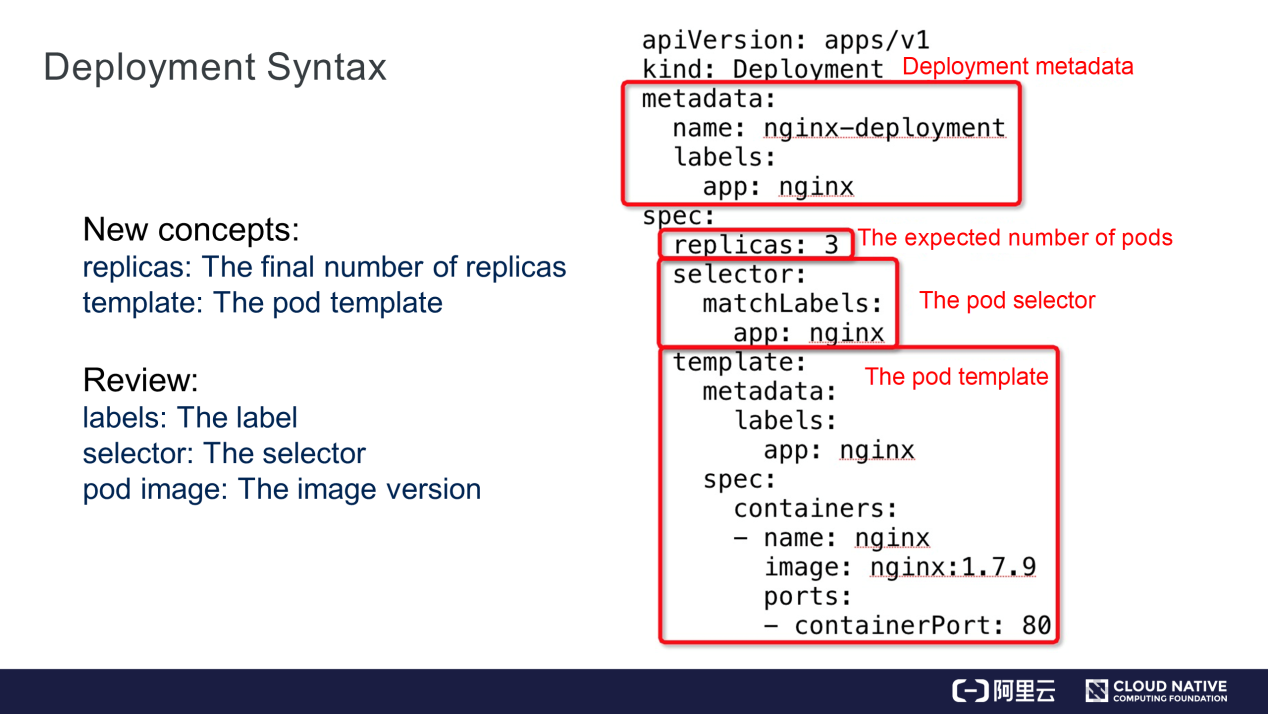

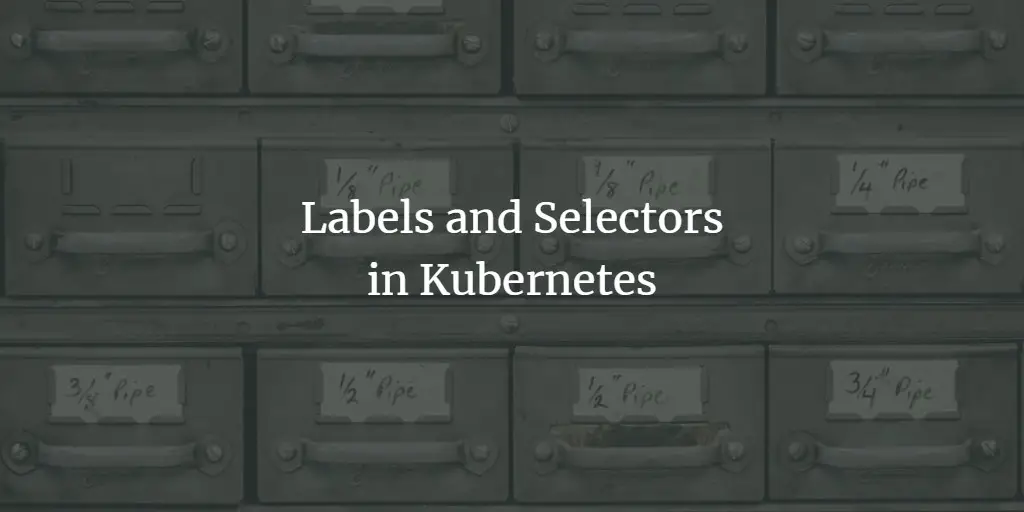
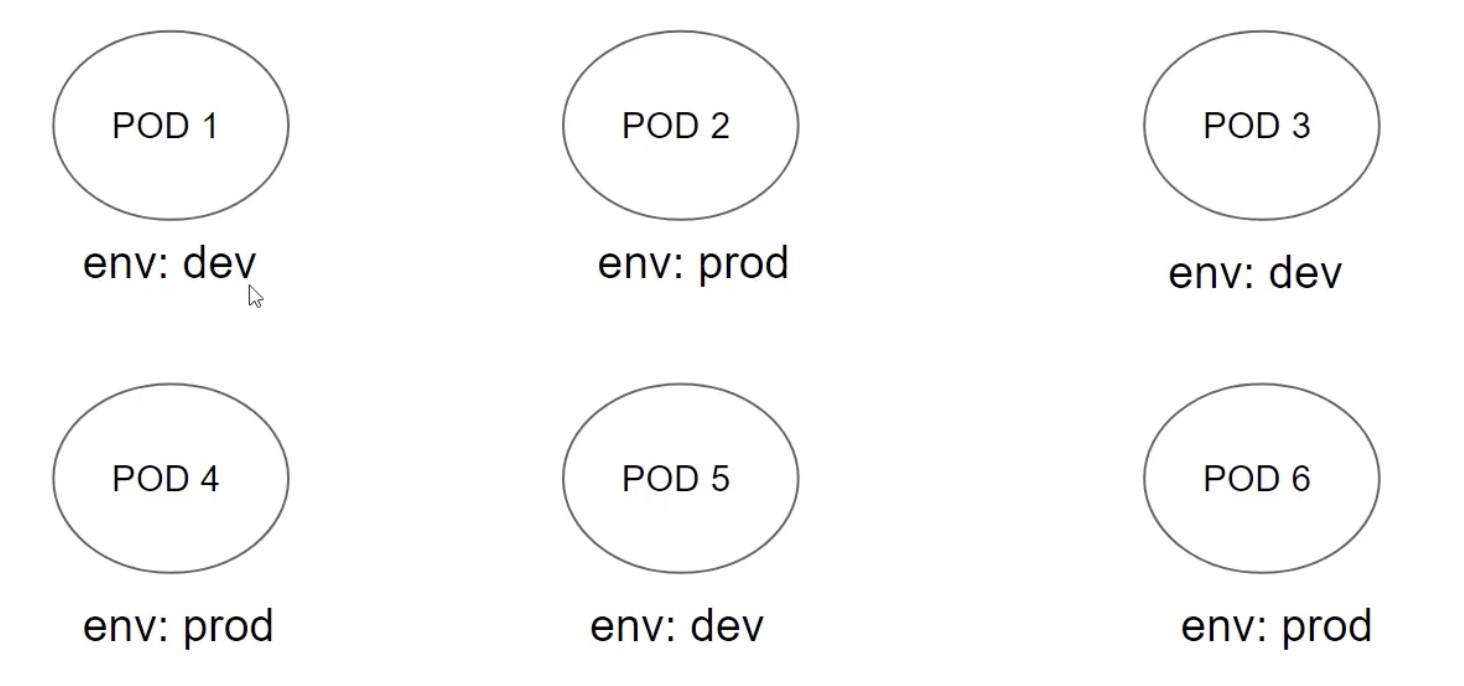
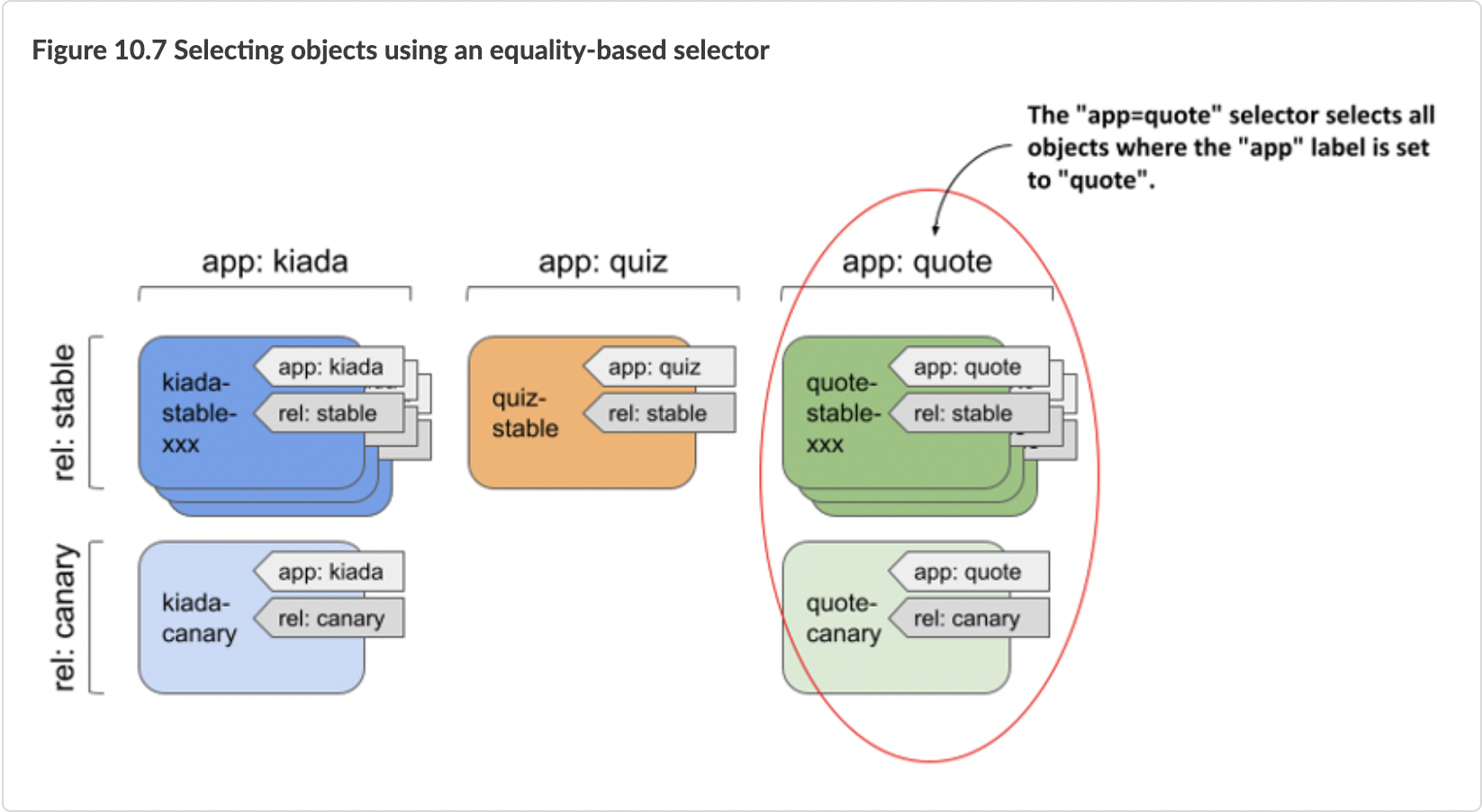
.jpeg)
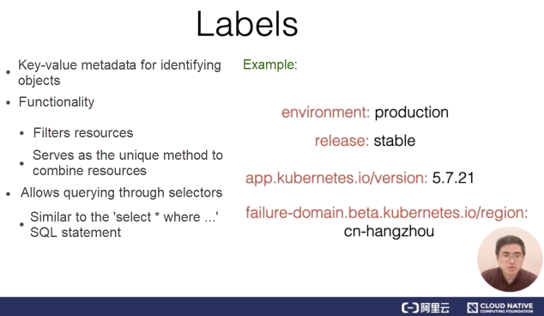
Power up your gaming experience with our Counter Strike Game Server. Reliable hosting for seamless gameplay and intense online battles.
ReplyDelete